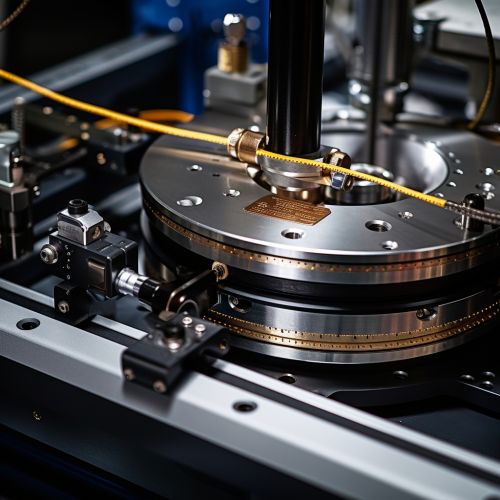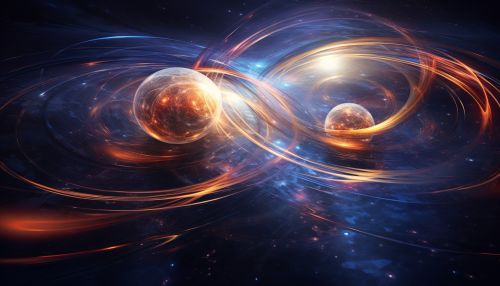The Physics of Quantum Metrology in Precision Measurement
Introduction
Quantum metrology, a branch of quantum physics, is the study of making high-precision measurements using quantum mechanical effects. It is a field that has gained significant attention due to its potential to surpass the precision limits set by classical physics. This article delves into the physics of quantum metrology, its principles, applications, and the role it plays in precision measurement.


Quantum Mechanics and Measurement
Quantum mechanics is a fundamental theory in physics that describes the physical properties of nature at the scale of atoms and subatomic particles. It introduces concepts such as superposition and entanglement, which are key principles in quantum metrology.
Superposition, a fundamental principle of quantum mechanics, allows particles to exist in multiple states at once. This principle is utilized in quantum metrology to create states that can improve measurement precision.
Entanglement is another quantum phenomenon where particles become interconnected. The state of one particle instantly influences the state of the other, no matter the distance. This principle is used in quantum metrology to create entangled states that can further enhance measurement precision.
Quantum Metrology Principles
Quantum metrology operates on two main principles: the Heisenberg limit and the Quantum Cramér-Rao bound.
The Heisenberg limit is a theoretical limit to the precision of a measurement. It states that the product of the uncertainties in the measurement of complementary variables, such as position and momentum, cannot be less than a certain value. This limit can be reached using quantum states that are in a superposition of many particles.
The Quantum Cramér-Rao bound is a limit in statistics that provides a lower bound on the variance of an unbiased estimator. In the context of quantum metrology, it provides a limit on the precision of an estimator of a quantum state.


Applications of Quantum Metrology
Quantum metrology has a wide range of applications in various fields such as physics, chemistry, biology, and technology. Some of these applications include:
- Atomic clocks: Quantum metrology has significantly improved the precision of atomic clocks. These clocks, which use the vibrations of atoms to keep time, are the most accurate timekeeping devices in the world.
- Gravitational wave detection: Quantum metrology can enhance the sensitivity of gravitational wave detectors, allowing for the detection of smaller and more distant astronomical events.
- Quantum computing: Quantum metrology can improve the precision of quantum bits or qubits, the fundamental units of information in quantum computing.
- Biological systems: Quantum metrology can be used to study biological systems at the quantum level, leading to new insights in quantum biology.
Challenges and Future Perspectives
Despite its potential, quantum metrology faces several challenges. The preparation, manipulation, and detection of quantum states require sophisticated technology and are prone to errors. Additionally, maintaining quantum coherence, a prerequisite for quantum metrology, is a significant challenge due to environmental interactions that cause decoherence.
However, ongoing research and technological advancements are expected to overcome these challenges. Quantum metrology holds promise for the future, with potential impacts on various fields and technologies, pushing the boundaries of precision measurement.


